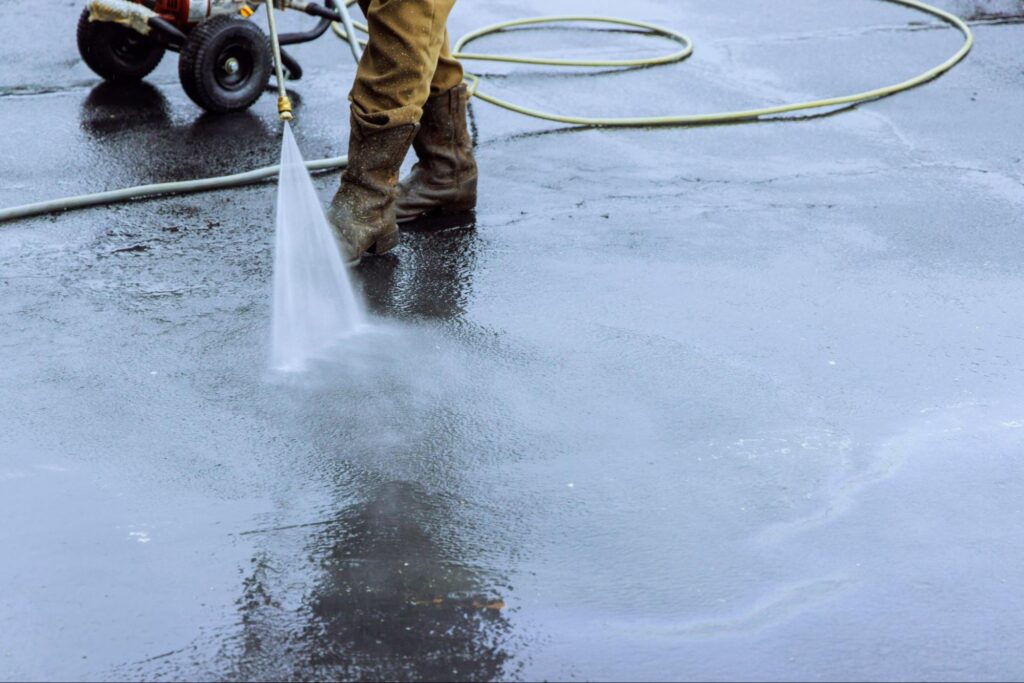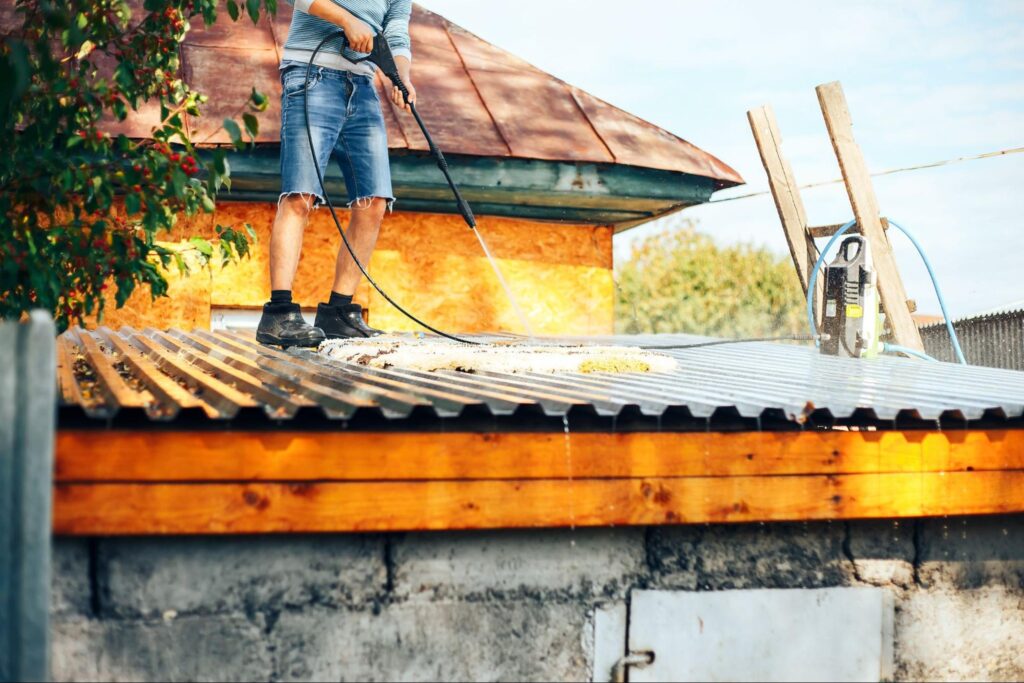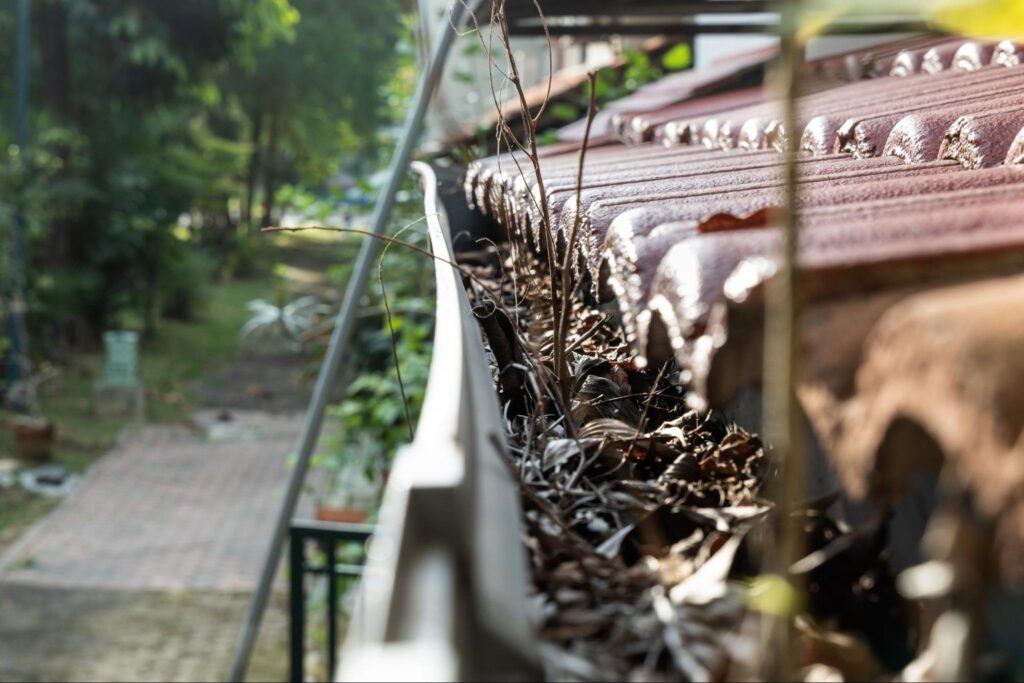How Weather Conditions Affect High Rise Window Cleaning
Weather is not background noise—it’s the most decisive variable on the schedule, the method, and the finish quality. Wind shifts determine whether rope descent systems can be used, rain and mist change detergent behavior and spotting risk, and temperature swings alter evaporation rates and sealant flexibility. For teams planning high-rise window cleaning, every forecast becomes a working document: wind speed, gust patterns, relative humidity, air temperature, dew point, and air quality index all inform go or no-go decisions. The result is a balance between safety, efficiency, and clarity, where timing the work around microclimates can be the difference between a streak-free façade and a costly rewash.
Wind Thresholds On a High Rise Window Cleaning Job
Wind is the primary factor in day-of decisions because it affects suspension stability, pendulum risk, and control at the glass. Rope descent and swing stage crews evaluate sustained speeds and gust deltas, knowing that gusts are what surprise a squeegee hand or push a platform off line. Even when speeds look moderate at street level, canyon effects between towers can amplify force at height. Planning means reading multiple data points, checking anemometers on the roof, and walking the perimeter for gust corridors before a squeegee ever touches glass.
Gusts Versus Sustained Wind
Sustained wind is predictable; gusts are not. Most incidents happen when a sudden spike throws off balance and control.
Building-Created Wind Tunnels
Setbacks and corners accelerate air. Crews test edges first to learn where the pressure ramps up.
Method Selection in Wind
Water-fed poles from terraces or podiums can substitute when suspended access becomes marginal.
High Rise Window Cleaning in Rain, Mist, and Coastal Spray
Rain does not automatically void a cleaning day, but it changes both chemistry and expectations. Light rain or mist can extend dwell time for detergents and sometimes help rinse, while intermittent showers can spot glass if airborne dust is present. Coastal spray adds salt that dries into a stubborn haze unless rinsed with pure water. For high-rise window cleaning near oceans or busy roadways, the smarter play is to schedule immediately after a front clears, when airborne particulates drop, and the sky offers even, glare-free light for quality control.
How Extreme Heat and Sun Exposure Impact High Rise Window Cleaning
Direct sun accelerates evaporation, flashing water and detergent off the pane before the blade can capture it. That leads to drag, skipped lines, and mineral spotting if the feed water isn’t pure. Heat also stresses technicians, increasing fatigue and reducing grip strength—both of which are enemies of precision strokes at height. Crews combat this by shifting to morning or shaded exposures, increasing rinse volume, and using higher-purity water so the remaining film dries clean. On black spandrel and dark frames, hot surfaces can soften sealants and pull residue, so the technique adapts to lighter pressure and shorter, quicker pulls.
Evaporation and Spotting
Fast evaporation leaves minerals behind. Pure water reduces residue when the glass dries in the sun.
Operator Fatigue
Heat shortens safe working windows. Shorter sets and hydration breaks maintain control at the pane.
Sealant Sensitivity
Warm frames can shed oils. A gentle first pass protects edges from streaking.
High Rise Window Cleaning During Winter, Freeze, and Ice
Cold weather flips the script. Detergent performance slows, water becomes a slip hazard on balconies and walkways below, and icing at edges can trap blades. For high-rise window cleaning in freezing conditions, crews meter antifreeze additives compatible with systems, increase blade swaps as rubber stiffens, and target mid-day sunlit elevations when possible. The safety plan expands too: cordoned ground zones for refreeze, extra communication with building staff about entrance mats, and post-pass inspections of sills to prevent icicles from forming overnight.
Air Quality, Smoke, and Dust During High Rise Window Cleaning
Wildfire smoke, construction dust, and seasonal pollen change what lands on glass, how it binds, and how long a clean lasts. In smoky conditions, particulates mix with condensate to create a tenacious film that resists standard soap. After dust events, dry wiping is risky because it can cause micro-scratching; a rinse-first approach is safer. For high-rise window cleaning teams, monitoring air quality isn’t just a health measure—it dictates chemistry, flow rates, and whether a quality result is even feasible that day.
AQI Thresholds Matter
Poor air quality shortens the lifespan of the clean. Sometimes rescheduling yields better value than washing into a new deposition.
Post-Event Rinse
A pure-water pre-rinse lifts grit before any blade touches glass, protecting coatings and films.
Filtration and Prefeed
Upgrading resin or filters during dusty seasons keeps total dissolved solids stable for spot-free drying.
Scheduling High Rise Window Cleaning Around Storm Systems
Storms are not single moments; they’re cycles. The hours ahead of a front often bring gusty, changeable winds, while the day after can be crystal clear with low particulates and even light—ideal for inspection. Intelligent scheduling accounts for cleanup demands too: gutters overflowing onto glass, façade sealant washout, or construction debris redistributed by wind. For high-rise window cleaning, the sweet spot is typically post-front, when air is scrubbed and the building façade has stopped weeping from parapets and ledges.
High Rise Window Cleaning Materials and Techniques that Adapt to Weather
A weather-savvy kit changes outcomes. Pure water systems with fresh resin handle fast-dry conditions better, while neutral pH soaps maintain glide in calm air without leaving film. Rubber hardness matters: softer compounds grip cold glass; firmer blades resist chatter in heat. Technicians also adjust stroke patterns to match drying speed—shorter pulls in the sun, longer passes in the shade. Detailing cloths remain in sealed pouches to prevent picking up airborne grit that could streak on the next pane.
Mind the TDS
Low total dissolved solids means fewer spots when the sun forces quick dry times.
Soap for the Season
Cool days favor glide; hot days favor minimal residue. Match chemistry to conditions.
Blade Durometer Choice
Choose softer rubber in cold, firmer in heat. It’s a small swap with significant results.
Safety, Compliance, and Communication High Rise Window Cleaning
Safety is inseparable from meteorology. Pre-shift briefings review wind forecasts, temperature swings, and any special building effects like venting or adjacent crane operations. Supervisors maintain alternate work scopes—podium glass, atrium skylights, interior panels—so crews can pivot if conditions shut down exterior access. In high-rise window cleaning, communication with property managers keeps occupants informed about temporary closures, splash risks on sidewalks, and any rescheduling required by weather holds. That clarity prevents surprises and protects both teams and tenants.
Case Windows High Rise Cleaning Versus Curtain Walls
Not every façade reacts the same way to weather. Curtain wall systems with hydrophobic coatings shed water differently than older casement windows with aging seals and oxidized frames. After heavy rain or during dew-point mornings, some assemblies will weep from hidden channels for hours, streaking freshly cleaned panes. The practical move in high-rise window cleaning is to sequence these elevations later in the day, when drip paths have slowed, and to carry extra detailing tools for frame edges that pull soot in humid air.
High Rise Window Cleaning for Facility Managers
Weather isn’t a nuisance—it’s the operating environment that decides quality, speed, and safety. Plan windows in blocks that follow the sun and shade across elevations, reserve wind-sensitive drops for calmer mornings, and target the day after major systems pass when air is clean and light is even. Ask vendors how they monitor wind at height, manage total dissolved solids, and adapt rubber, chemistry, and sequencing to conditions. With a weather-literate approach to high-rise window cleaning, your glass stays clearer longer, crews work safer, and budgets stretch further because every pass counts.
Visit the A Plus Power Cleaning blog to learn more about how pressure washing can clean high-rise windows.






